At 500px amazing photography is at our core, but these photos would not be possible without the talented people behind the lens. The 500px Spotlight series highlights the global and diverse photographers that are part of the 500px Community. This week we are excited to introduce you to Licensing contributor and 500px Ambassador, Julia Wimmerlin.
Julia Wimmerlin, is a Ukrainian-born photographer currently based in Switzerland—though she has called many different countries home throughout her life. Julia works in a variety of photography genres, with a diverse portfolio spanning elegant architecture to colorful portraiture, expertly applying innovative lighting techniques.
Julia, can you tell us a bit about your evolution and progression as a photographer and how you see yourself currently within the industry?
I started photography as a hobby in Japan in 2011, with street photography. I tried different genres and with time, travel and animal photography became my main fields. I did some portraits here and there, but it was not consistent and I did not really invest enough time into it.
In 2020, with the restrictions of movement and in-person communication, my previous world of constant change of places and faces disappeared, leaving me literally in front of the mirror. In search of an outlet for creative energy, I started shooting predominantly self-portraits in which light and color became the protagonists, and I was an additional element. Light and color are able to most honestly convey emotions, and states from despair and loneliness to hope and transformation.
Currently I am exploring creative and fine art genres hoping to share my time equally between studio and travel/wildlife photography in the near future.
When looking through your published work, it’s truly amazing to see where you’ve been and the fantastic images you were able to capture. Some of the travel-by-sea and wildlife work looks like it could have been particularly challenging. Is there a scenario you could share in which you faced an unexpected challenge, and how you overcame it?
In reality the major challenge is thinking on your feet. Usually plans don’t work out as expected, so you need to quickly assess the situation, adjust, and make the best out of it. It can be about absolutely anything—the camera settings, light position, not moving to let the wild animal pass, drone battery draining, and many, many more.
Recently, you’ve been shooting a style of artistic editorial photography. What inspired you to step into such a creative genre of photography?
Similar to many people, Covid-related restrictions pushed me out of my usual frame of work, so I started looking for another source of inspiration. Light and color have always been a pivotal point of my work. Since 2020 I have had time to concentrate on them instead of just using them as emphasis in travel and wildlife photography.
You have an excellent eye for color. How do you go about deciding which combinations and colors to work with within your photography?
There are classic combinations, which can be deducted from the color theory. The easiest and most practical way to search for these combinations is using interactive color wheels, which you can find online.
This is mostly possible in studio/staged photography. When on location shooting travel, I still work a lot with colors in post-production subtracting the ones that break the color harmony, and adjusting others to the most pleasing and harmonizing hue.
Could you break down your creative process? How do you take your concepts from idea to execution?
There is no single way to execute an idea. Sometimes I just want to work around a particular light setup, other times it’s about a specific color, and sometimes it’s a clear concept that I want to illustrate.
Once I have a starting point, I build an idea around it, and I create a story that you can read like a book—that’s why the order of shots can be important. I research references and create a moodboard to keep me in the mood and the spirit of the idea I want to execute.
In your recent work, you make great use of cutouts for light to shine through. This technique is often taught in photography programs, but it seems you have taken this to the next level. Would you mind sharing your process for using these cutouts?
That’s correct, I’m fascinated with a precise way to shape light. You can do it in a number of ways, from just making a paper cutout and passing hard light through it to using specific light attachments that focus the light using optical lenses and create a very sharp shape. I have used both.
Without the limitations of time or budget, how would you describe your dream shoot?
With my new love and skills for creative use of light for fine art photography, I would try to show a world of paradise—an intersection between ancient Roman interior paintings and Renaissance monumental art, showing animals and different people in a world that could have been.
Recently self portraiture has been trending, mainly because of the current lack of accessibility to models, studios etc. What are your tips for capturing a stunning self-portrait?
That has been exactly my challenge, having no one to photograph, so like everyone else, I resorted to self-portraits. Using complex light and cutouts on oneself is even less simple than using it on someone else.
The key factors are seeing what you are shooting, and a correct focus. To see what I shoot, I either use a Canon app on my phone or a more complex system of a CamRanger that I mostly use for my architectural projects. To focus, I either set the focus on eye tracking or put the focus area in the middle on full auto-focus.
Many photographers feel that identifying and following trends is essential for success within commercial Licensing. How do you stay on top of rising photography trends, and how do you feel they influence your work?
I would agree that, to a certain degree, it’s important to watch and know the trends. But in reality, most Licensing needs are still very universal—relationships, society, self-identification, etc. What’s important is to try to keep your visual language fresh and unique, the rest will happen by itself.
Evergreen imagery within Licensing refers to content that can be used no matter the season, and for a variety of purposes. Your recent Licensing series captures some of the most creative, yet consciously composed content within this category. This kind of content can be very attractive to commercial buyers looking to stand out while telling a story we all know, for example, working from home. Do you have three tips on how to make a seemingly mundane or ordinary subject more exciting and engaging?
I think there is a difference between common stock photography and editorial Licensing photography.
The former needs a very clear message that easy to read straight away. It does not need to be complicated, it can and should look ordinary, and there’s always a demand for it.
Editorial Licensing photography is a lot about the concept behind the photo, so this is where it’s important to look at any topic more as an art project. Creative use of light and color are always my first tools.

Not on 500px yet? Click here to learn about Licensing with 500px.
The post Licensing Contributor Julia Wimmerlin on how editorial translates to stock photography appeared first on 500px.
[NDN/ccn/comedia Links]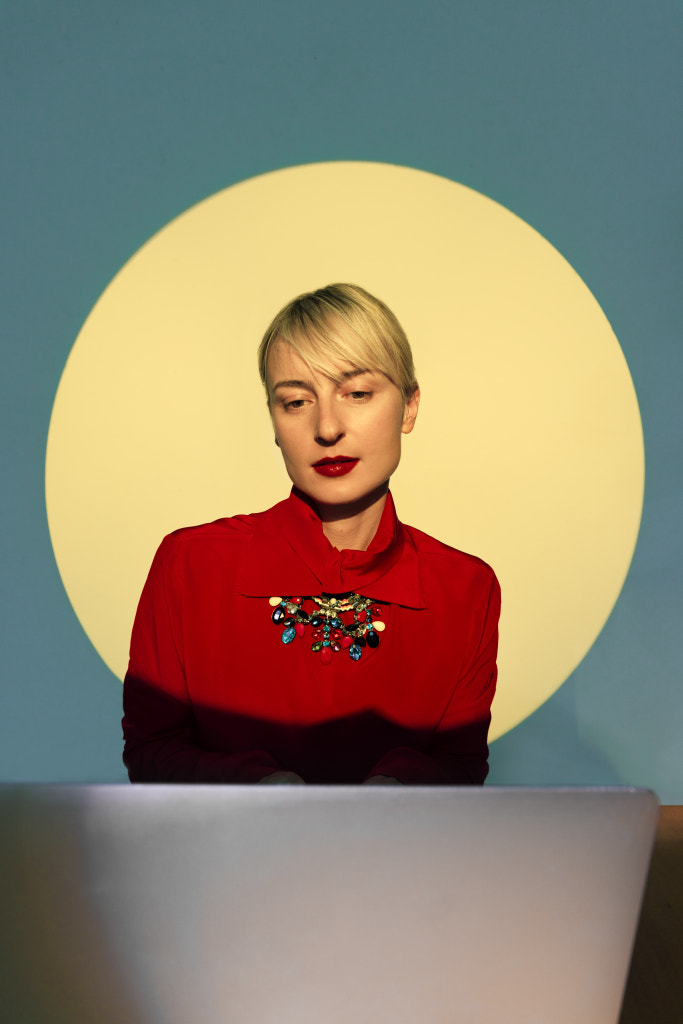
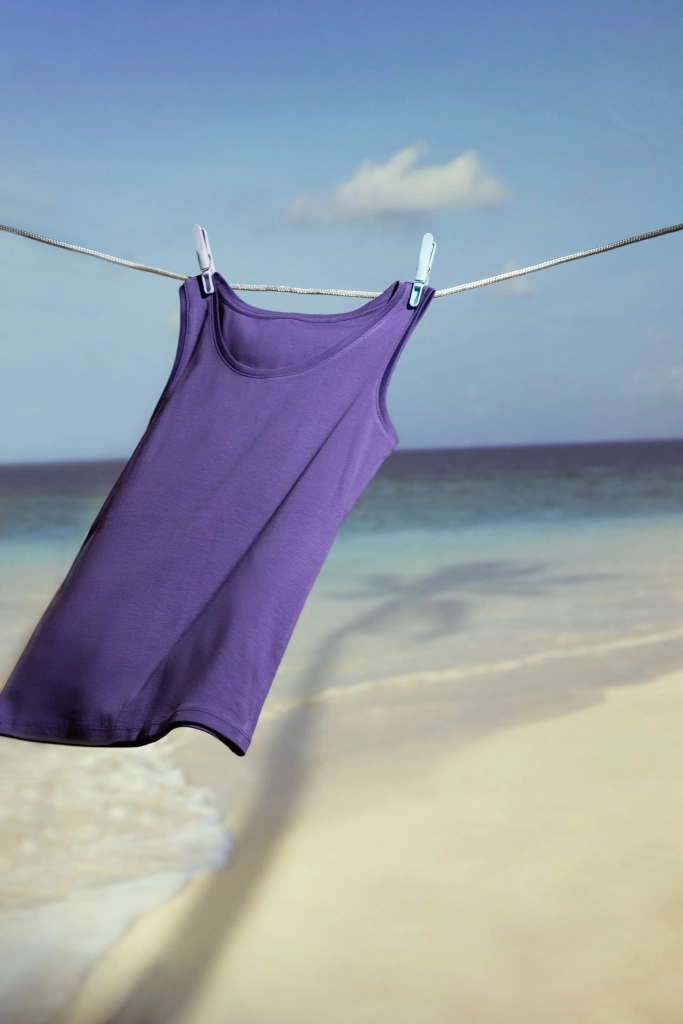
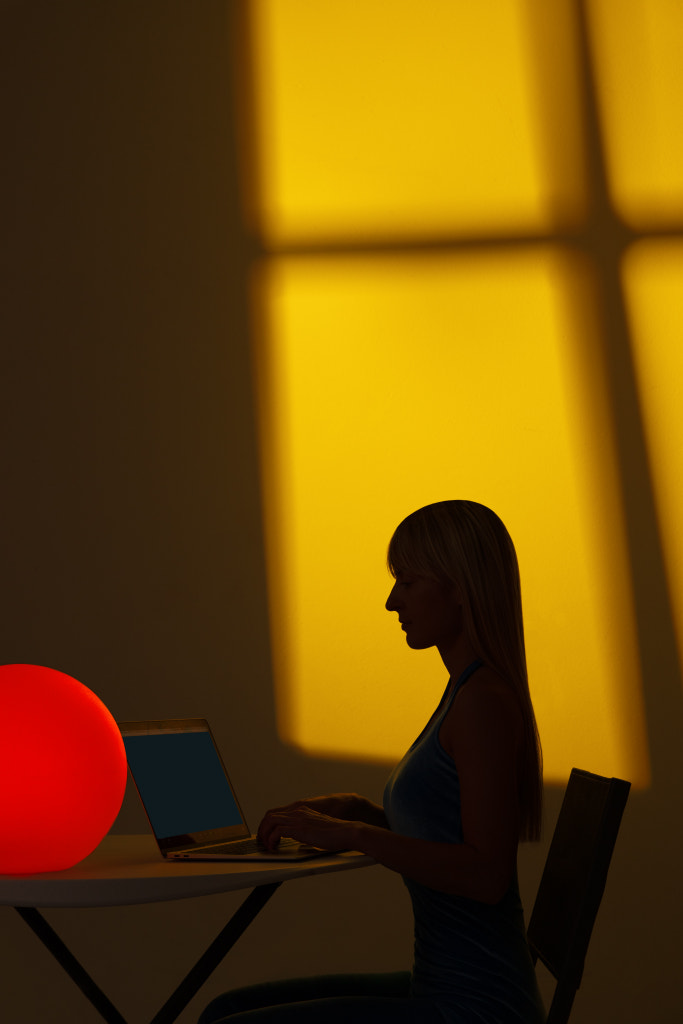
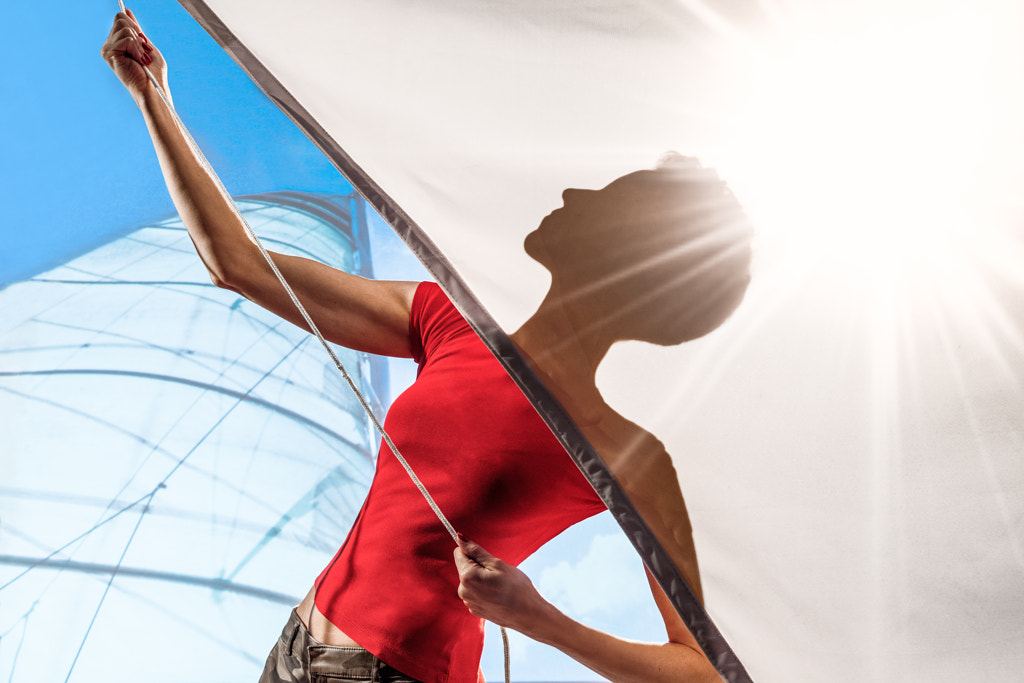
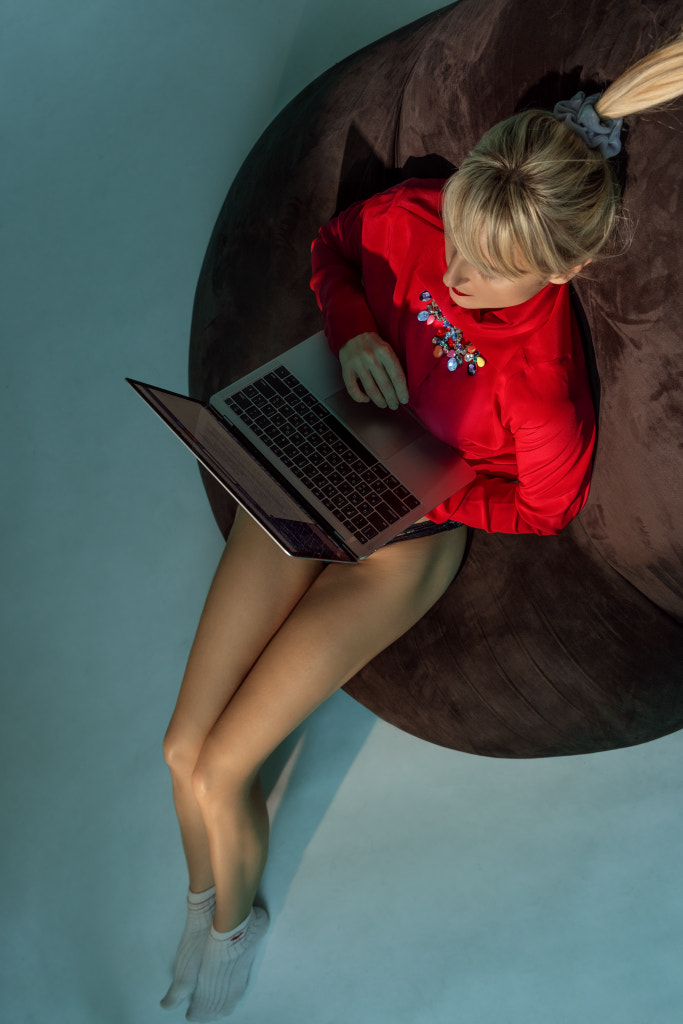
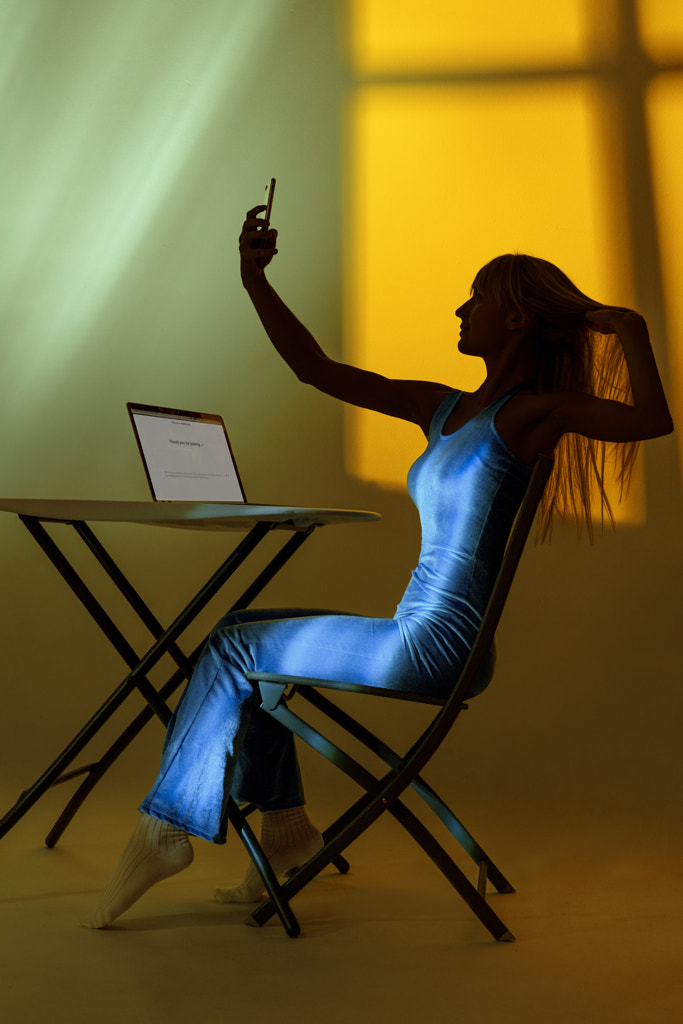
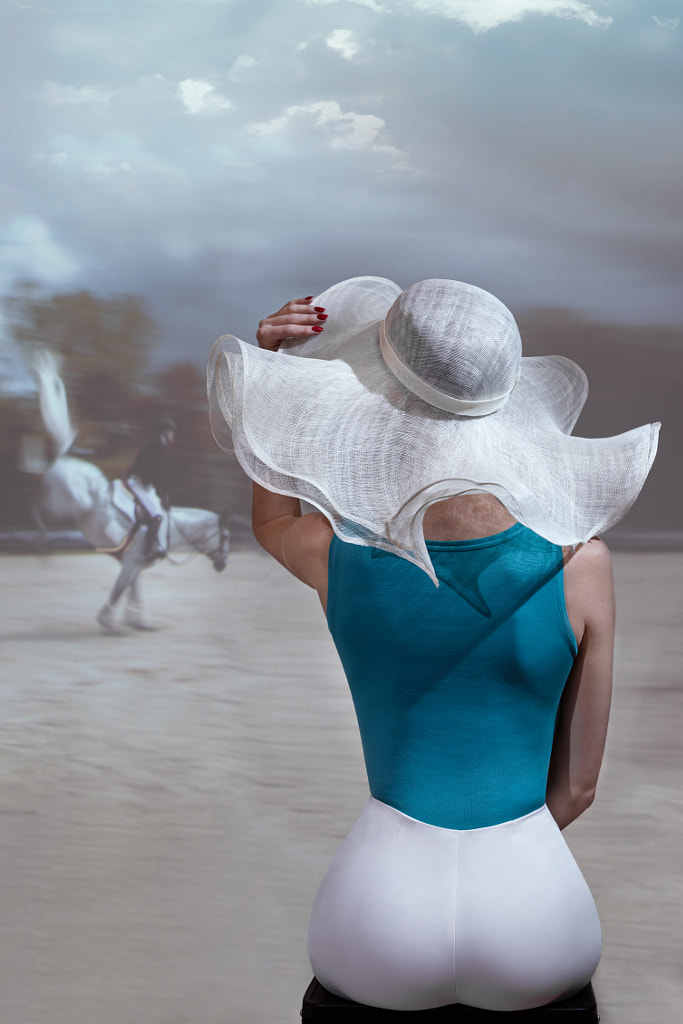
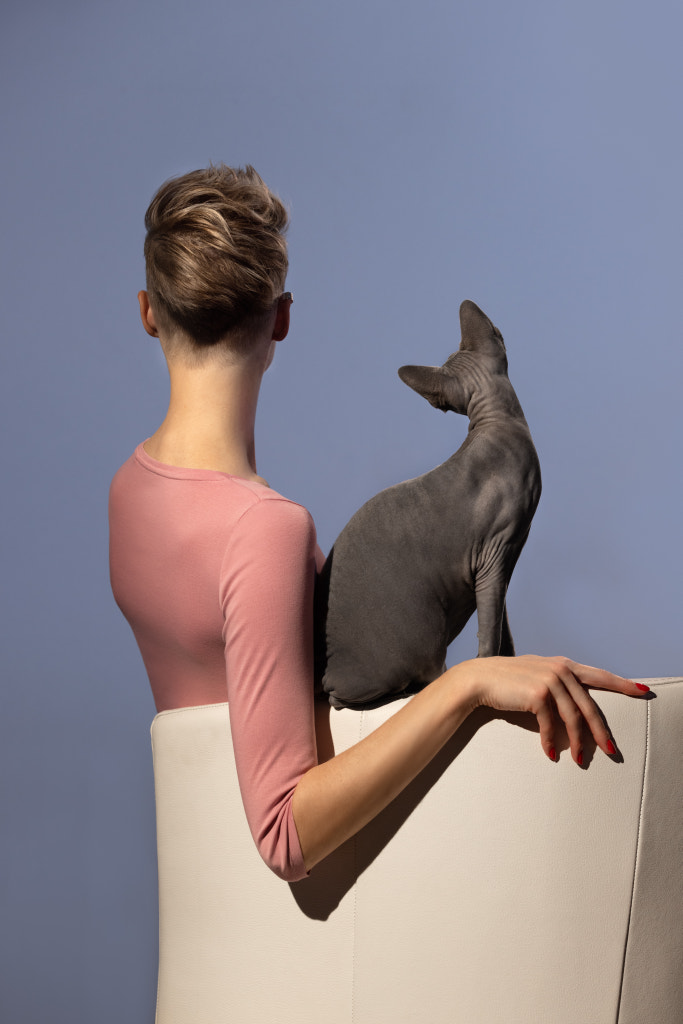
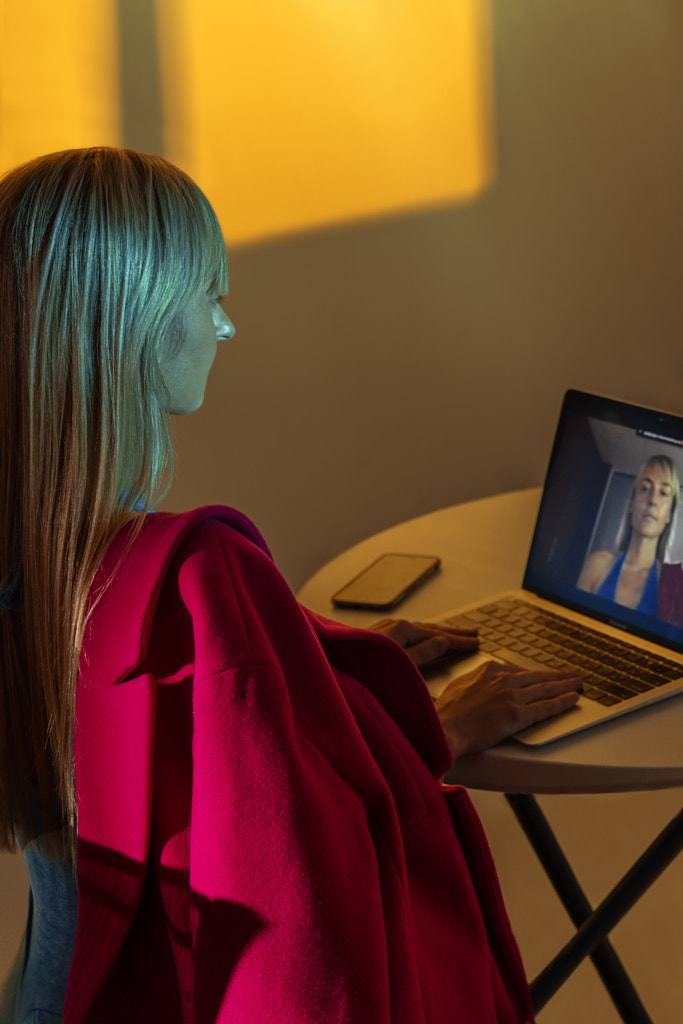
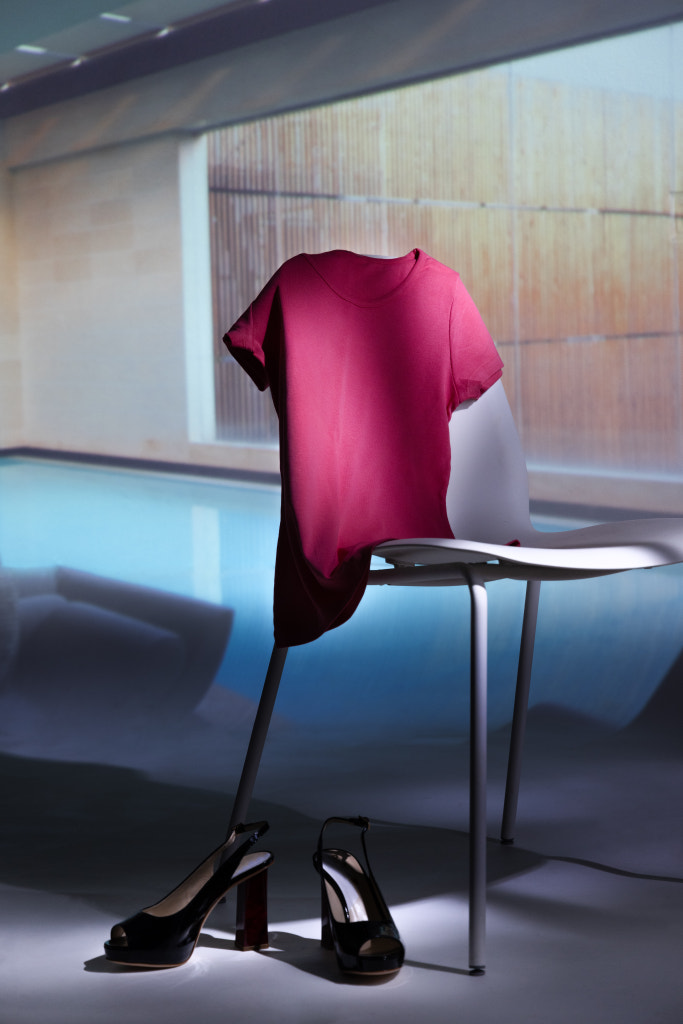
No comments:
Post a Comment